Kujang: A Symbol of Sharpness, Courage, & Justice
A Traditional Weapon of the Sundanese People in West Java - Indonesia
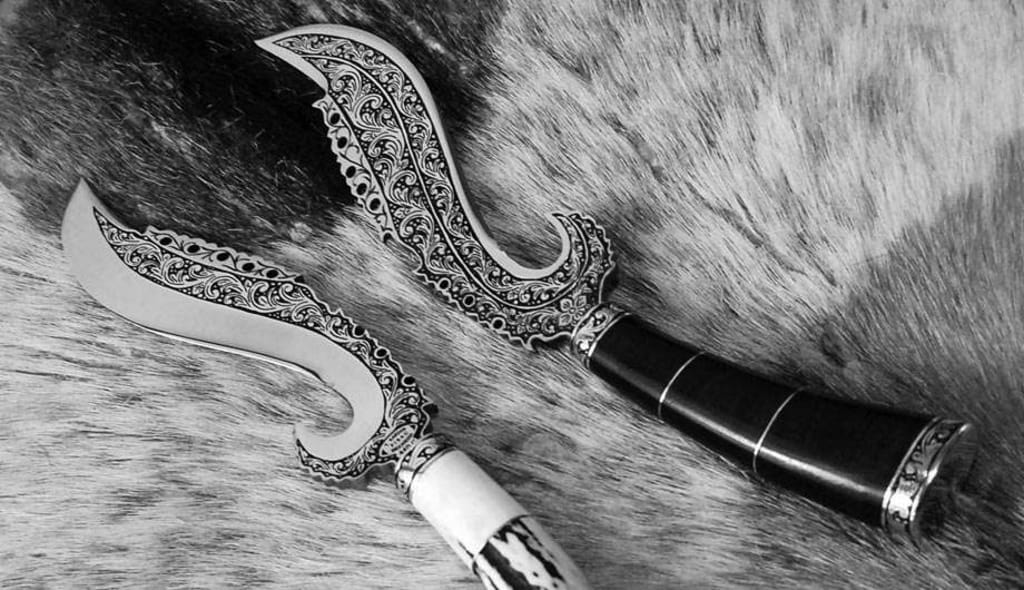
Kujang is a traditional weapon of the Sundanese people in West Java, Indonesia. It is a unique weapon that reflects not only the Sundanese culture but also the sharpness and critical thinking required to use it effectively. In addition to its use as a weapon, Kujang is also a symbol of power and courage to protect rights and justice. Kujang is often used as a 'batur ludeung' or companion in battle and is considered the ultimate weapon by the Sundanese people. It is believed that Kujang has a spirit that can protect its holder and provide strength and power in battle. Therefore, Kujang is not only a weapon but also a symbol of the courage and bravery required to face the challenges of life. Today, Kujang is not only used as a weapon but also as a decorative item, a souvenir, and a symbol of Sundanese culture. Its unique shape and intricate designs make it an attractive item for collectors and tourists alike.
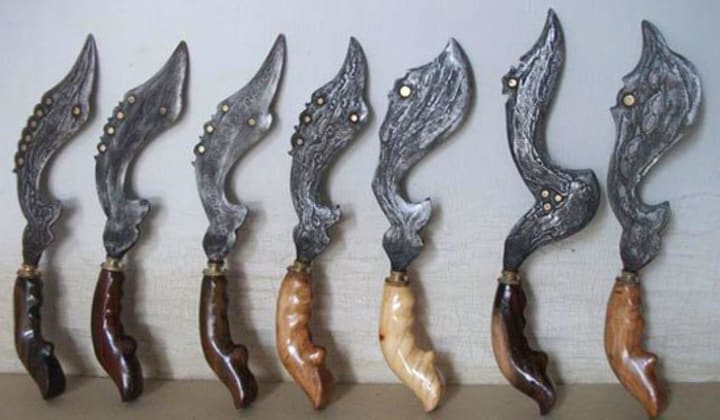
Kujang is a unique weapon that originated in the Pasundan region of West Java, Indonesia. Its distinctive design sets it apart from other weapons, and there is no other weapon in any other region that resembles it. The name "Kujang" is difficult to translate into international languages, and it is often erroneously equated with a "sickle," which is quite different in appearance. It is also not the same as a "scimitar," which has a curved shape. In Indonesia, a weapon similar to a sickle or scimitar is called a "celurit."
Kujang is synonymous with the traditional weapon of farmers, and all the philosophy of this unique Sundanese weapon is rooted in agricultural culture. Sundanese society views kujang as a reflection of sharpness and critical thinking, as well as a symbol of strength and courage to fight for rights and truth. The characteristics of the kujang are similar to those of a sickle, with a blade shaped like a crescent moon. The word "kujang" itself comes from "ujang," which means "human."
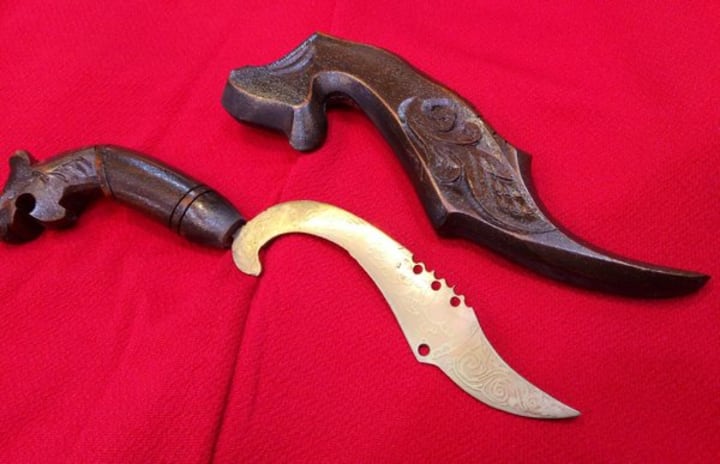
In Sundanese mythology, Kujang carries many implied meanings beyond being just a tool for warfare or farming. It is considered a philosophical promise to continue the struggle of our ancestors, and there is a deeper meaning behind how to fight for it. The Kujang promise is to always tightly grasp the characteristics of humans and the nation, including the human traits of compassion, ethics, cultivation, and language, as well as taking care of one's own body. Meanwhile, the five characteristics of the nation are physical appearance, language, customs, writing, and culture. Upholding these traits is seen as a way to honor the ancestors and carry forward their legacy. Historical records indicate that the shape of Kujang has undergone changes over time, based on its intended use and value. The unique shape of Kujang carries a deep meaning that is implied within it. For example, its shape resembling the island of Java is believed to symbolize the aspirations of Siliwangi, King of Padjadjaran, who aimed to unite the island of Java during his reign.
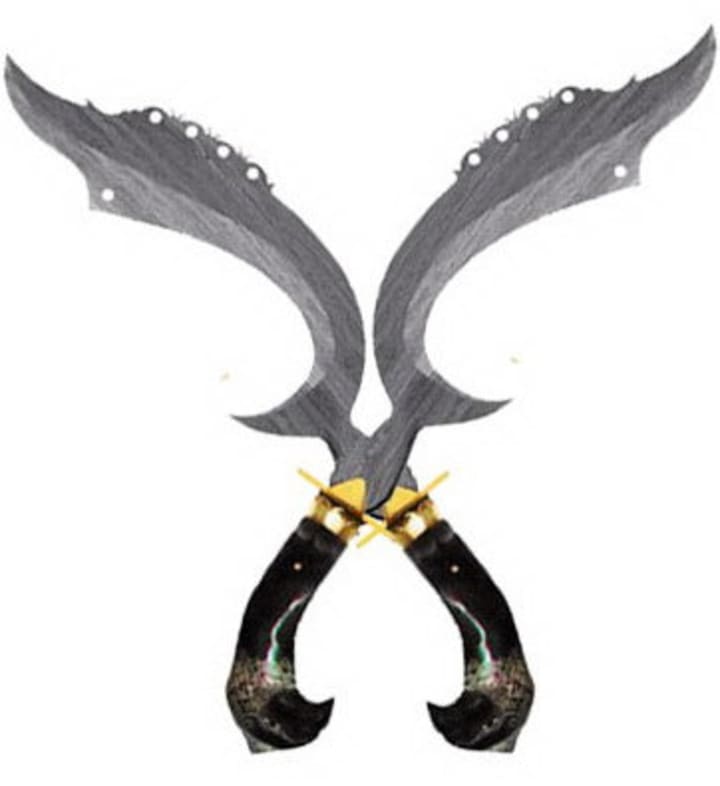
According to the Sanghyang Siksakanda ng Karesian pupuh XVII, there are three different types of forged tools categorized by their purpose and user. The weapons of the king include the sword, whip, spear, machete, peso teundeut, and keris, which were primarily used for killing, and the giants were worshiped as their gods. The weapons of farmers consist of the kujang, baliung, patik, kored, and sadap knife, which were used for harvesting and gathering food and drink, and they worshiped Detya as their god. The weapons of the priest include the hourglass, raut peso, dongdang peso, pangot, and pakisi, which were used for shaping and smoothing everything, and they worshiped Danawa as their god. The text concludes that if one wants to learn about all these weapons, they should consult a blacksmith.
As time passed, Kujang continued to evolve and became more than just a practical tool. It became a symbol of Sundanese culture and identity. The intricate designs carved into the blade and handle of Kujang reflect the values and beliefs of the Sundanese people. For example, the depiction of mythical creatures such as naga (dragon) and garuda (eagle) represents power and protection, while the use of floral motifs symbolizes nature and harmony.
In addition to its symbolic meaning, Kujang also became a sacred object with supernatural powers. It is believed that Kujang can protect its owner from harm and bring good fortune. Therefore, Kujang is often used in traditional ceremonies such as weddings, funerals, and other important events.
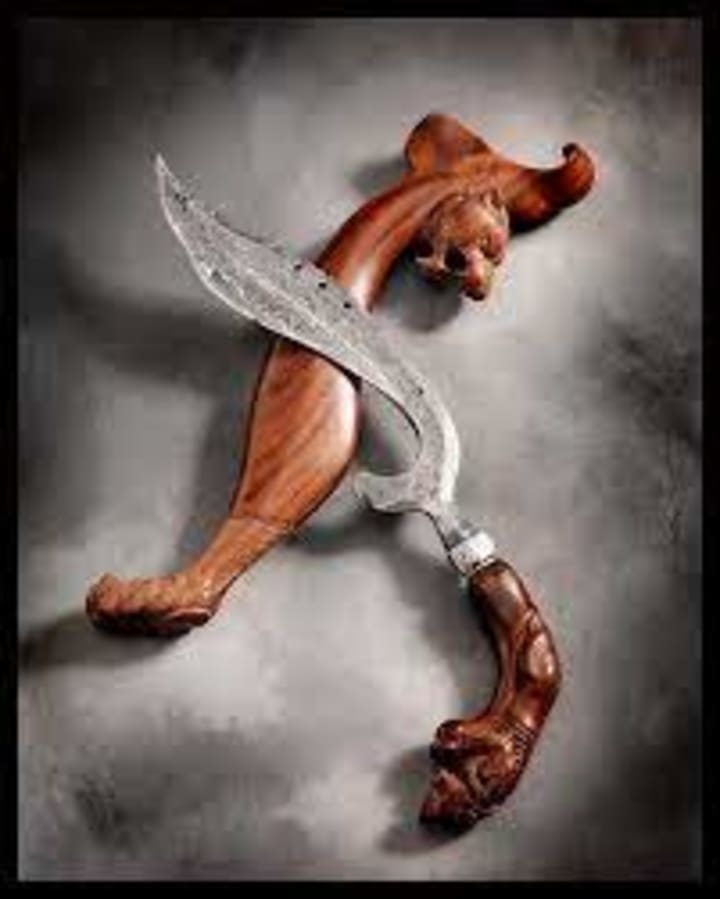
In conclusion, the Kujang is a distinctive traditional weapon of the Sundanese people from West Java, Indonesia. It is more than just a practical tool; it embodies Sundanese culture and identity. Kujang represents sharpness, critical thinking, courage, and justice, and serves as a symbol of power and protection. Its unique design and intricate carvings reflect the values and beliefs of the Sundanese people. Over time, Kujang has evolved and become a sacred object with supernatural powers. It is not only used as a weapon but also as a decorative item, a souvenir, and a symbol of Sundanese culture. Kujang is a philosophical promise to continue the struggle of the ancestors and honor their legacy. It is a fascinating artifact that represents the rich cultural heritage of Indonesia. (Jaka Waskita, Bandung, 28 Maret 2023)
About the Creator
Jaka Waskita
Ready for an adventure? Let me take you on a journey to new worlds, emotions & experiences! As a storyteller on this website, I'll make you laugh, cry & feel alive. Join me & let's explore the endless possibilities of storytelling together!






Comments
There are no comments for this story
Be the first to respond and start the conversation.